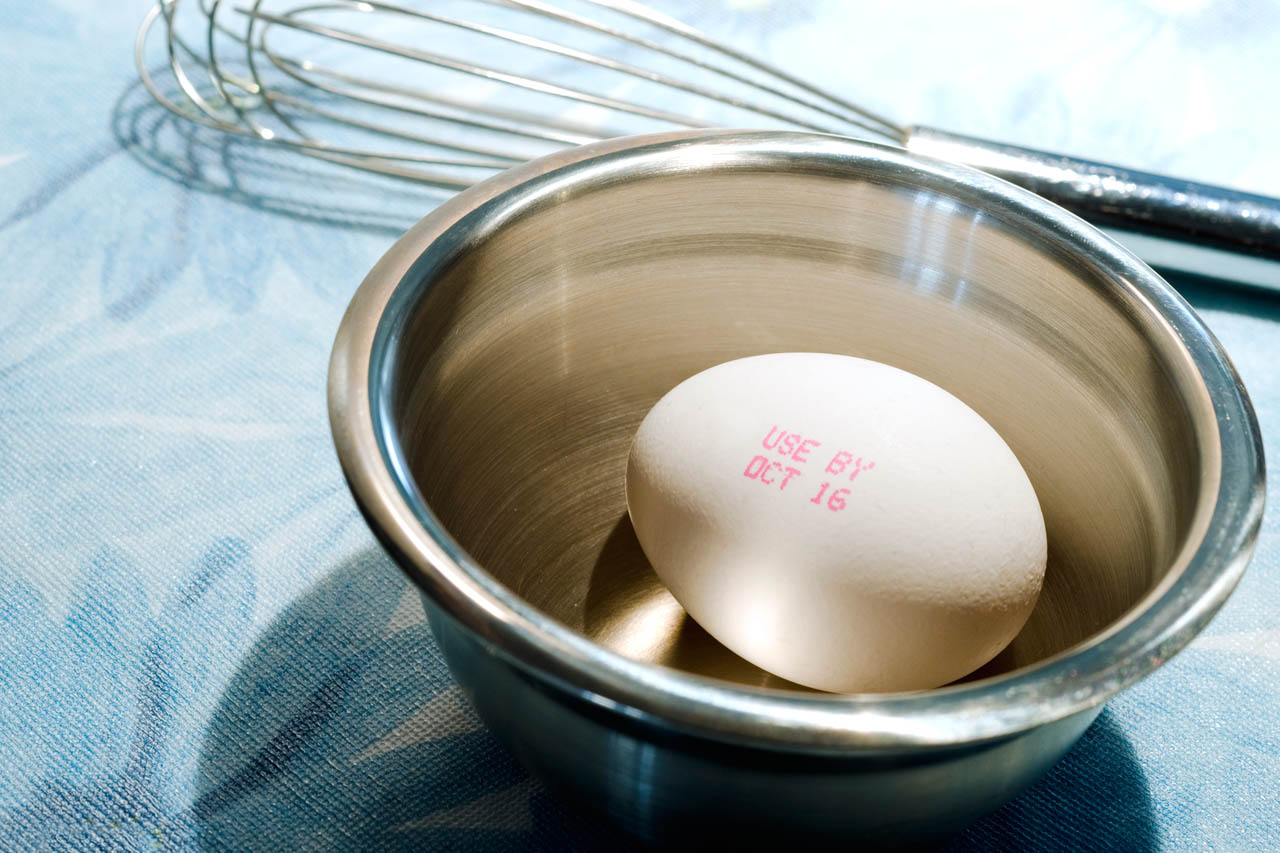
Whether it’s a bundle of limp kale for that salad you never ended up making or an old bottle of ketchup crusted shut with residue, we all have a few questionable food items in our fridges and pantries. But how do you decide what’s unsafe to eat and what can be salvaged with a good old-fashioned fridge-clean-out meal?
A 2022 report from the Agri-Food Analytics Lab at Dalhousie University and the Angus Reid Institute found that 25 per cent of respondents rely on “best before” dates as an indicator of food safety. Meanwhile, 65 per cent report throwing out unopened food because its “best before” date has passed. This is why we created a guide on what these labels on our food packaging actually mean.
Read on for everything you need to know about “best before” and “expiry” dates and whether you should rely on them as a measure of when a particular food item is safe to eat.
Related: Foods You Can Still Eat After the Expiry Date
What do “best before” dates mean in Canada?
The “best before” label is more literal than you might think — it describes the date until which the item offers peak freshness, taste and nutrition. The date is a guide to food quality, rather than food safety. You might notice slight taste or texture changes in foods that linger beyond their “best before” date, but that doesn’t mean they’re unsafe to eat.

Don’t toss those eggs! Make this Tamago Sando instead!
According to the Canadian government, the “best before” dates are legally required to appear on packaged food products, such as milk and eggs, that have a shelf-life of 90 days or less. Packaged food with a shelf-life longer than 90 days isn’t required to be labelled with a “best before” date, but many manufacturers choose to include one anyway. Keep in mind that the “best before” date only applies to unopened foods, so no promises are being made about the freshness of that milk carton once you pop it open to take your first sip.
The key takeaway is that while food may not be at its best after the “best before” date, that doesn’t mean it has definitely gone bad either.
Related: 10 Grocery Hacks to Help You Save Money
What do “expiry” dates mean in Canada?
There are only five types of foods that are required to have expiry dates in Canada: meal replacements, nutritional supplements, infant formula, formulated liquid diets and foods for low-calorie diets. Unlike “best before” dates, which can be considered in conjunction with good judgment, expiry dates should be followed closely. You should not eat food after the expiry date listed on its package and the item should be discarded.
“Best before” dates and food waste
A study by the National Zero Waste Council found that 63 percent of the food Canadians throw away could have been eaten. In Britain, grocers like Waitrose and Marks & Spencer removed “best before” dates from their packaged fruits and vegetables in a reported strategy to reduce food waste.

Save those veggies from the compost bin and use them up in this Cold Rice Noodle Salad With Spicy Peanut Sauce.
Use “best before” dates as a guideline, and not a hard rule
According to Second Harvest, dairy and eggs can last up to two weeks past their “best before” dates, while dry cereal, packaged snacks and canned goods can all remain edible for up to a year beyond their “best before” dates.
While “best before” dates can serve as a general guideline, you can reduce food waste by also relying on your senses to determine when food truly needs to go in the trash. Look for mould and discolouration on fresh foods and check canned goods for rips and bulging.
Food storage temperature matters
Keep in mind that foods that aren’t stored at the correct temperature can go bad — regardless of their “best before” date. Smart food safety practices also involve keeping cold foods cold at or below 4°C (40°F) and keeping hot foods hot at or above 60°C (140°F).
The freezer is your best friend
If consuming foods after their “best before” date still makes you feel uneasy — even when the food still looks and smells good to eat— remember that freezing certain foods ahead of their “best before” date can also be a good option for minimizing food waste. Many meats, for example, can last up to a year after their “best before” date when stored in the freezer.
Trust your gut and toss out food that seems off, but also consider when it might be possible to save some still-good foods from the trash.
